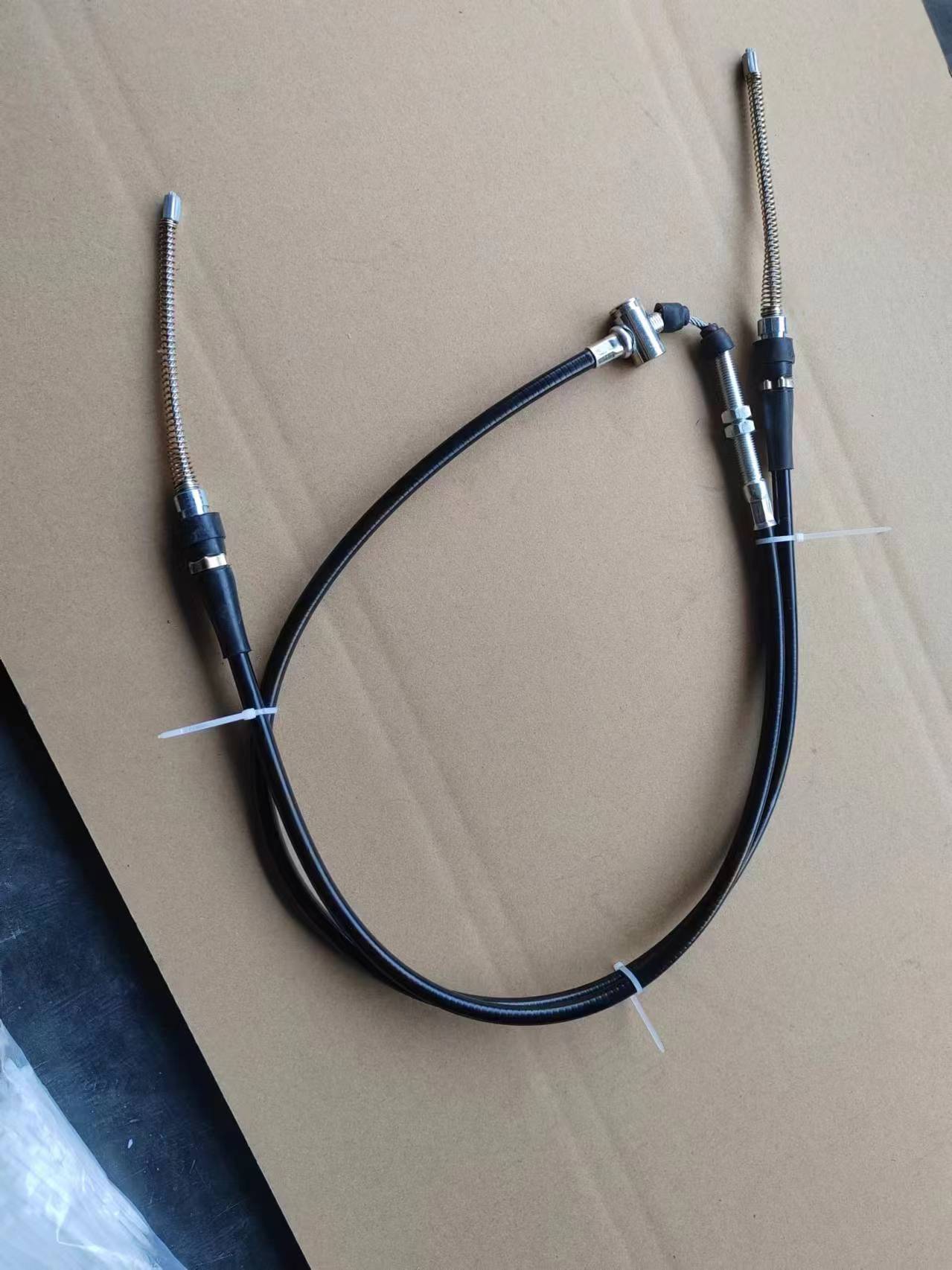gear cable outer casing
Understanding Gear Cable Outer Casings An Essential Component for Smooth Cycling
When it comes to cycling, the importance of every component of a bicycle cannot be understated. Among these essential parts, the gear cable outer casing plays a critical role in ensuring smooth gear shifting and overall bike performance. This article will explore the significance of gear cable outer casings, what to look for in a quality product, and how to maintain them for optimal performance.
The Role of Gear Cable Outer Casings
Gear cable outer casings, often referred to as housing, are the protective sleeves that encase the cables responsible for shifting gears on a bicycle. They are crucial in facilitating the movement of the inner cables, ensuring that they can slide seamlessly as the rider changes gears. This smooth action is vital for maintaining efficiency during rides, as it affects how quickly and accurately the bicycle can shift gears.
The outer casing protects the cable from various elements such as dirt, moisture, and mechanical wear. A robust casing prevents contaminants from entering the cable housing, which can lead to corrosion and the eventual failure of the cable. Consequently, the quality of the outer casing directly impacts the bike's performance, making the selection of a suitable product essential for avid cyclists.
Features to Consider in Gear Cable Outer Casings
When choosing gear cable outer casings, several features should be taken into account
1. Material The most common materials used for outer casings include plastic and metal. Plastic casings are lightweight and flexible, making them a popular choice for road bikes. In contrast, metal casings tend to be more durable and provide additional protection in rugged conditions, making them suitable for mountain biking.
2. Length and Compatibility Ensure the casing length is appropriate for your bike configuration. Bicycles come in various shapes and sizes, and compatibility with the inner cables and shifters is crucial.
gear cable outer casing

3. Weather Resistance Look for casings with seals or coatings that improve weather resistance. This feature is particularly important for cyclists in regions that experience heavy rain or mud, as it helps prolong the lifespan of both the casing and the cable inside.
4. Flexibility and Bend Radius A casing with an optimal bend radius is essential to avoid kinking. A kink can impede the cable’s movement and disrupt the smooth transition between gears, leading to a frustrating riding experience.
Maintenance Tips for Gear Cable Outer Casings
To ensure that gear cable outer casings perform at their best, regular maintenance is vital
- Clean Regularly Periodically wipe the outer surface of the casing to remove dirt and grime. You can use a damp cloth with mild soap, avoiding abrasive materials that can scratch the surface.
- Inspect for Damage Regularly check the casing for any signs of wear, such as cracks or fraying. Catching potential issues early can prevent more significant problems later on.
- Lubricate Occasionally, you might find that applying a suitable lubricant to the inner cable can enhance performance, particularly if shifting becomes less smooth over time.
In conclusion, the gear cable outer casing is a crucial yet often overlooked component of a bicycle. Choosing the right material, ensuring compatibility, and committing to regular maintenance can significantly enhance the bike’s performance. This small but vital part contributes to an enjoyable and efficient riding experience, allowing cyclists to focus on the journey ahead. So, the next time you gear up for a ride, remember the essential role your bike’s cable outer casings play in ensuring that your shifting remains as smooth as possible.
-
Workings of Clutch Pipe and Hose SystemsNewsJun.04,2025
-
The Inner Workings of Hand Brake Cable SystemsNewsJun.04,2025
-
The Secrets of Throttle and Accelerator CablesNewsJun.04,2025
-
The Hidden Lifeline of Your Transmission Gear Shift CablesNewsJun.04,2025
-
Demystifying Gear Cables and Shift LinkagesNewsJun.04,2025
-
Decoding Clutch Line Systems A Comprehensive GuideNewsJun.04,2025
